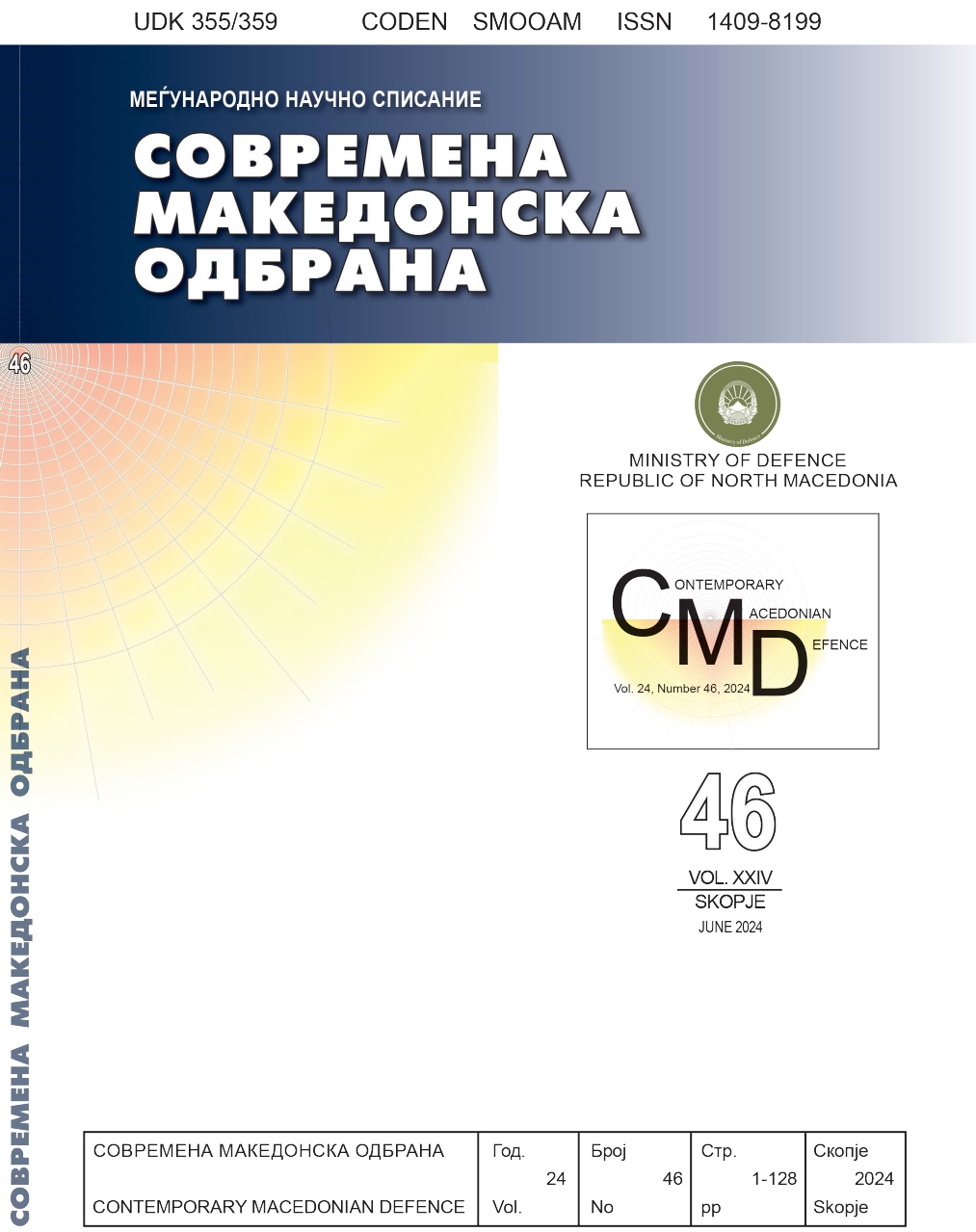OPERATIONAL DESIGN OF THE 1967 ARAB-ISRAELI CONFLICT
OPERATIONAL DESIGN OF THE 1967 ARAB-ISRAELI CONFLICT
Author(s): Andrej Iliev, Dejan MitrovSubject(s): Politics / Political Sciences, Politics, History, Military history, Recent History (1900 till today), Security and defense, Military policy, Post-War period (1950 - 1989), Peace and Conflict Studies
Published by: Ministry of Defence of the Republic of North Macedonia
Keywords: Palestine; Arab population; conflict; offensive operations; attack
Summary/Abstract: The background of the conflict originates from the end of the XIXth century when the Zionist movement (Israeli) promoted the idea of building an independent state for the Jews in the geographical territory of Palestine. Zionism was fiercely met and attacked by the Arab population of the country and resulted in a clash between the two movements for the possession of Palestine. There are two peoples and one territory, hence the reason for the conflict. Both communities consider Jerusalem their capital. In just 6 days of war, Israel conquered 26,000 km2 of Arab territory on 3 fronts. It managed to defeat the superior Arab forces with offensive operations, inflicting great losses on the infantry and equipment. Israel’s goals were achieved: the Gulf of Tiran was opened to navigation, terrorist attacks were minimized, and the territory was preserved from the Arab threat.
Journal: Современа македонска одбрана
- Issue Year: 24/2024
- Issue No: 46
- Page Range: 89-104
- Page Count: 13
- Language: English

